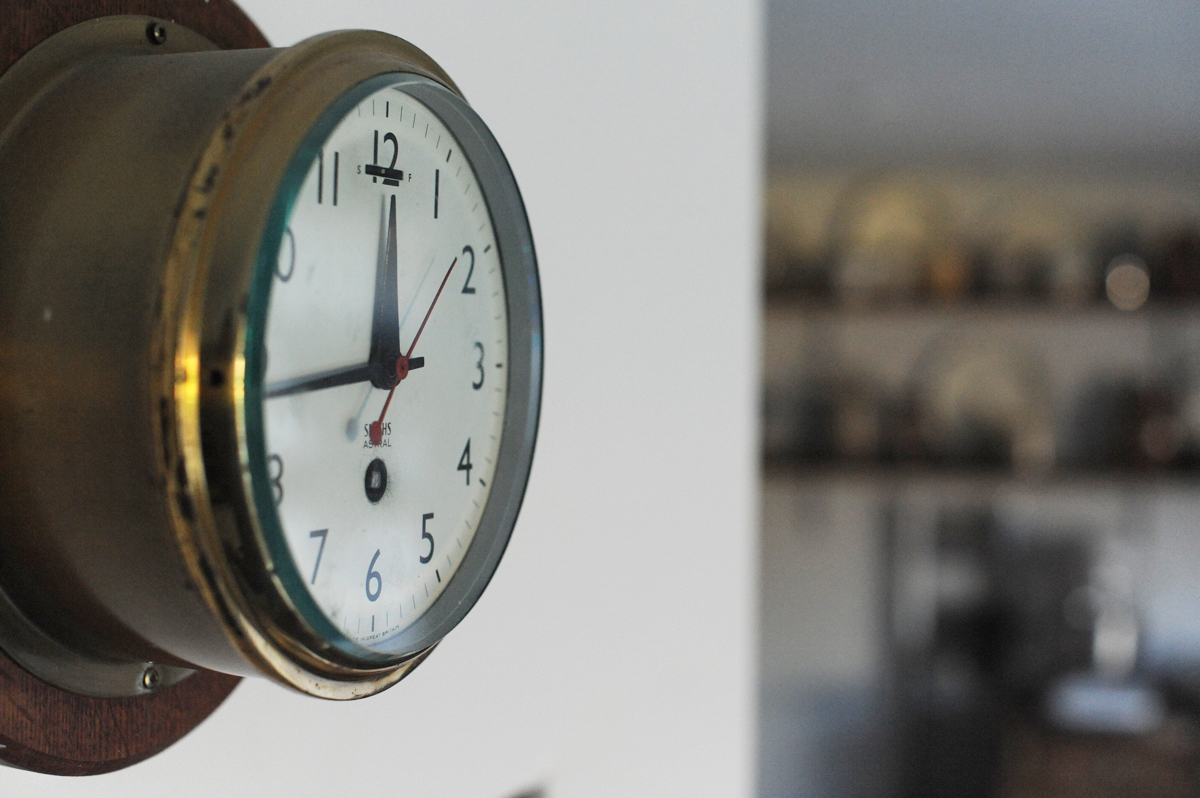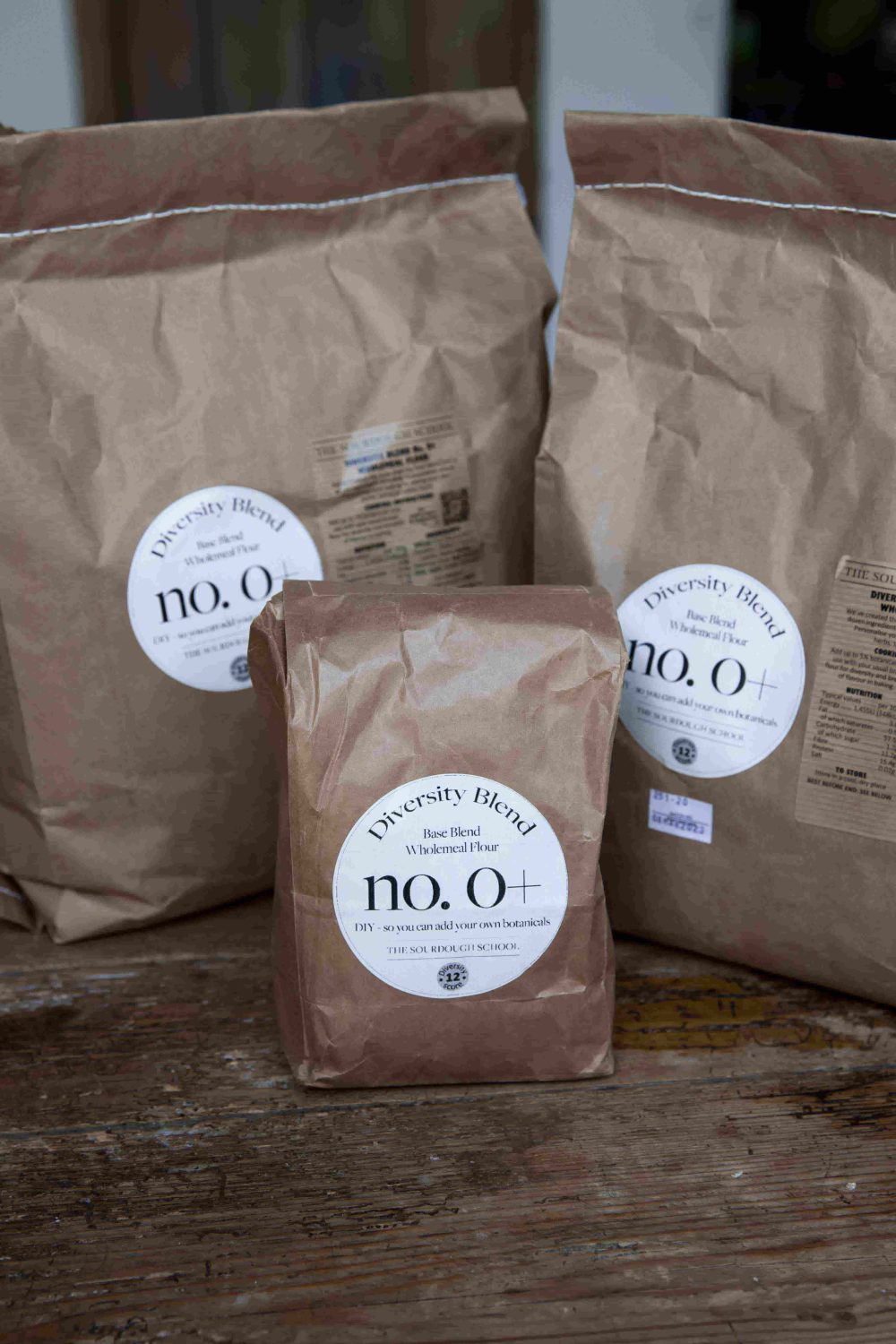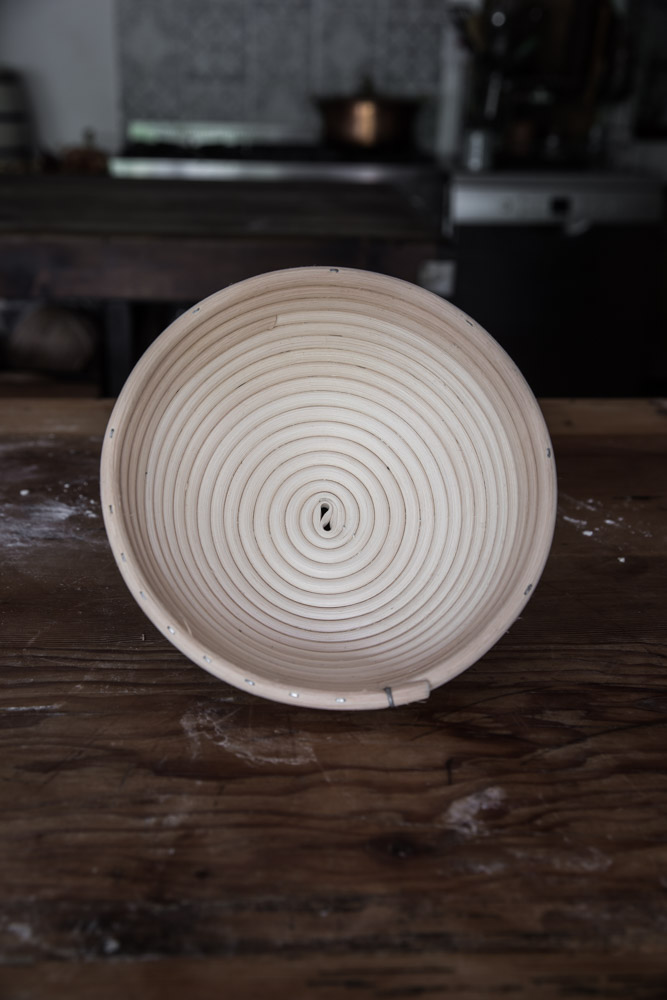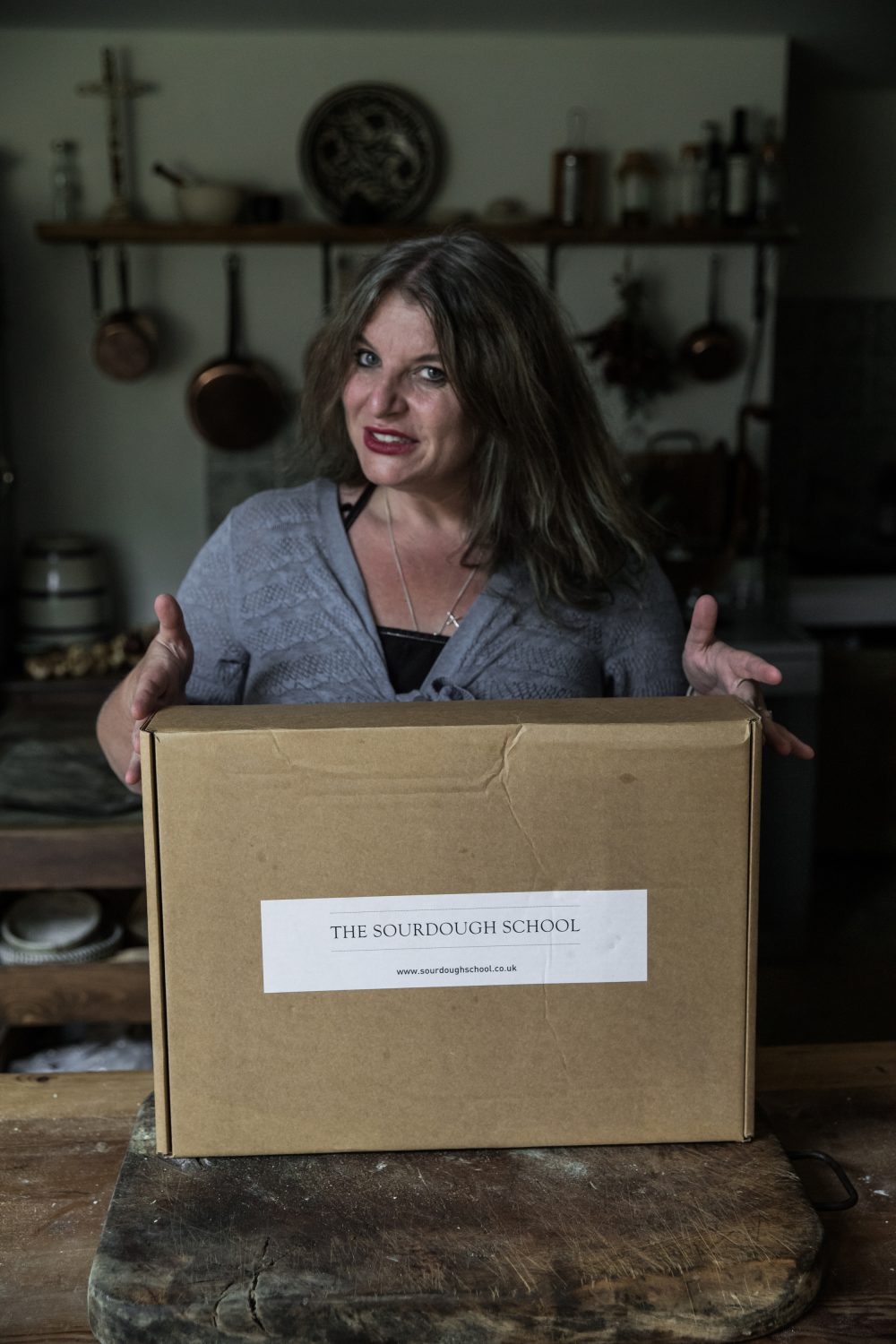Download Your Useful Sourdough Planner
This is a useful downloadable planner and detailed video with the tips that I share when I teach people to bake sourdough. I always explain that before you bake sourdough you need to plan. It is perhaps the most important step of all. Timings and temperatures are key to getting the loaf you want. You can find my healthy sourdough recipes here.
One of the very first things that makes what we do here at the school unique is that we get our club members & Students to plan their bakes and analyse them. You need to do this when you first start baking and then analyse the results. These forms give you a structure and the tools you need to analyse the results and adapt your timings and formula to make any adjustments.
O
Planning your sourdough is key to success
The forums and social media are littered with complaints about sourdough recipes not working, because whilst recipes are subject to interpretation, sourdough is not. It is unforgiving, and variables between ambient temperature and enzyme activity of flour are two of the key reasons that so many bakers fail to bake a good loaf when following recipes. So whilst I have a standard schedule and guide to timings, I cannot emphasise enough that these timings are flexible. Being a good baker involves judging the flour, feeling the dough and sensing it. This comes with experience. It is best to bake each formula a few times to find the ideal timings for your flour and ambient temperature.
These subtle differences can be key to getting the kind of bread you want to bake and keeping a record of timings is how you to get to understand what works for you. You can also compare methods side by side to see which one gives you the best result.
The example schedules I give to my students with each bake is the one to start with. We use them in the School in the bakery classroom, which is generally about 22C–24C during the day and drops to about 18C–20C overnight. These blank schedules are for you to do your own for what works in your kitchen or environment. Even if you are a seasoned baker, this is a useful exercise because the layers of complexity in the schedule are ever changing. It is not just the weather, but the flour too that changes between seasons, and each year there is a new batch of flour, which will need reevaluating.
Click here to download your sourdough schedule
Once you have baked your loaf, you will need to complete a loaf record form.

If you watch me closely, you will see I am always glancing at the dough and at the clock. Whilst I do follow a schedule, it is really important to become familiar with the way the dough feels as it changes sometime from day to day, and certainly from month to month. The clock was on my husbands grandfathers boat .. a reminder that time is precious.




 Keeping a record of your Sourdough bread – Free Sourdough bread record
Keeping a record of your Sourdough bread – Free Sourdough bread record
Hi Vanessa. I just joined your online course (for 1 year!)and am trying to find my way around your site. I am not sure I am doing things correctly. Are there videos just for members? Also, on the forum I do not see many entries or responses. I am logged in, but not sure I am doing things correctly.
I don’t know how to login from the website there is no login icon at the main page.
Thank you Vanessa. I look forward to learning about sourdough and finding my way around your online course. Suggestions would be welcomed. . Thanks again!
Please get in touch for your Skype consultation.
Vanessa
Thank you for putting it in writing! It’s obvious but… I’ve not been doing it. So yes, I get some good loaves and some not so good. I do keep to a (rough) schedule but not been recording all this info so I can look back.
One thing that has become very obvious to me is that I need to consistently add more water than suggested to get a nice dough. We live in Wanaka, in Central Otago , New Zealand which has an exceptionally dry climate. (A friend who is a piano restorer, calls it the “graveyard of pianos” because the air is so dry the wooden soundboards split regularly) I’m guessing this makes the flours particularly dry and hence the need for a higher hydration rate.